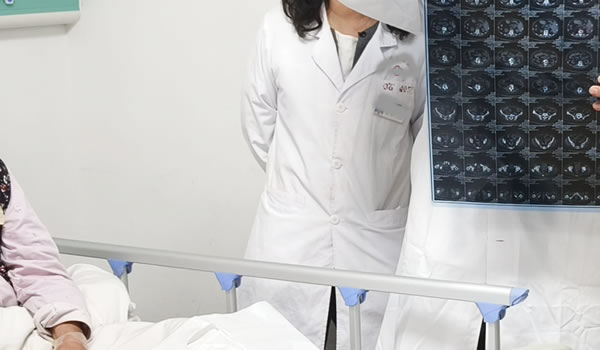Dialysis removes waste and extra fluid when kidneys can no longer do the job. Here’s how it works and what patients should expect.
There are two main types: hemodialysis (done in clinics) and peritoneal dialysis (often done at home).
Hemodialysis filters blood through a machine 3–4 times a week. Peritoneal dialysis uses the lining of the abdomen to filter waste via a catheter.
Patients must follow strict fluid and diet rules, monitor blood pressure, and watch for infections.
Side effects may include fatigue, cramps, or low blood pressure after sessions.
Dialysis improves life expectancy but isn’t a cure. Kidney transplant remains the best long-term solution.
Disclaimer: The information provided in this article is for general informational purposes only and is not intended as medical advice, diagnosis, or treatment.
Always seek the guidance of a qualified healthcare professional with any questions you may have regarding your health or a medical condition.
Never disregard professional medical advice or delay in seeking it because of something you have read on this website.